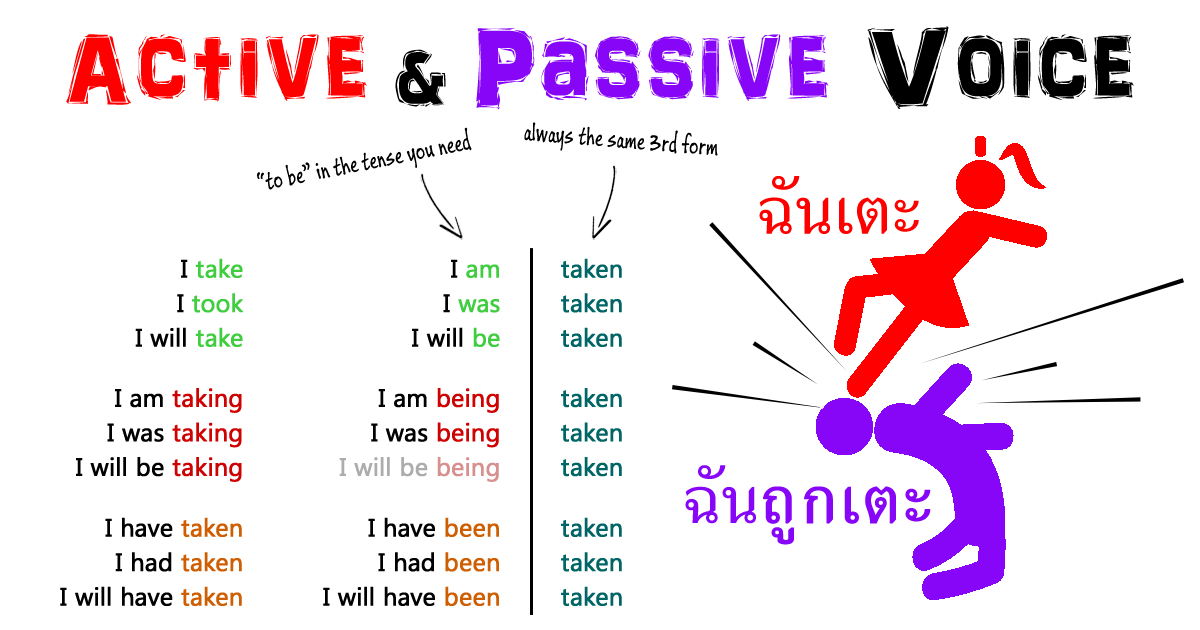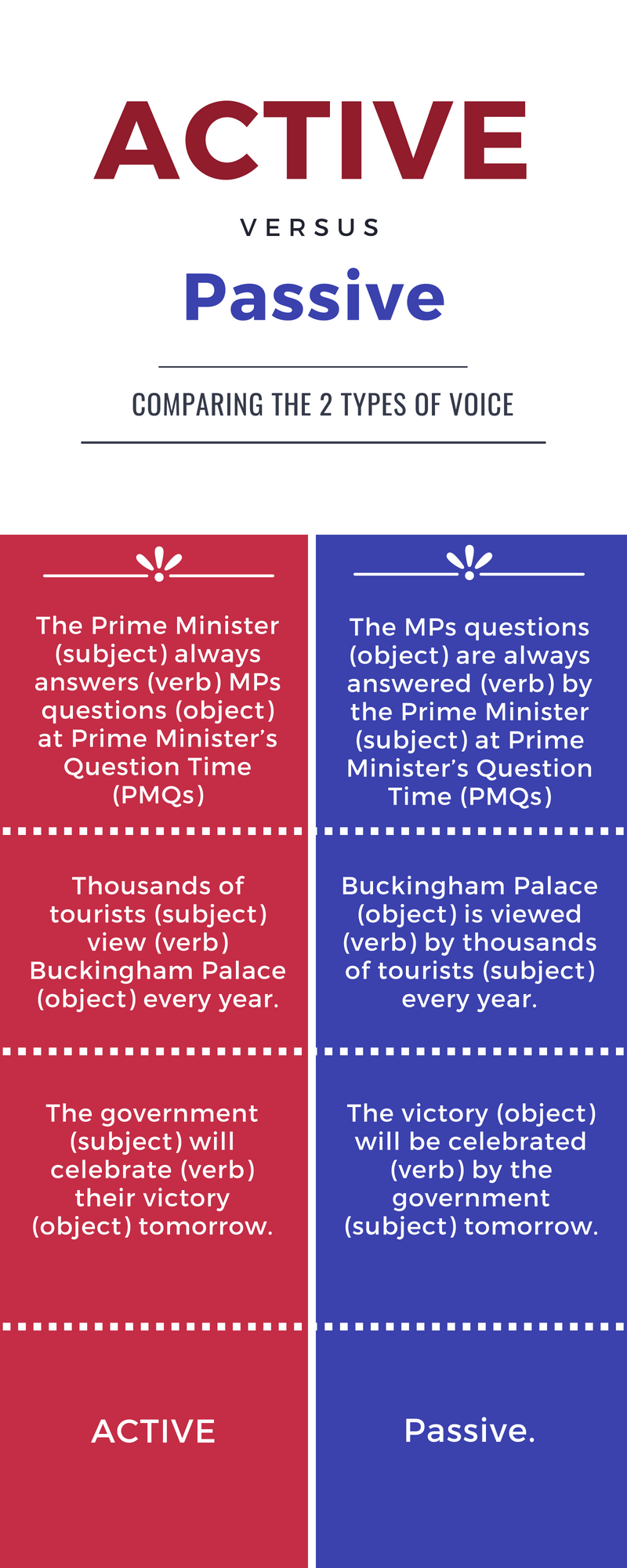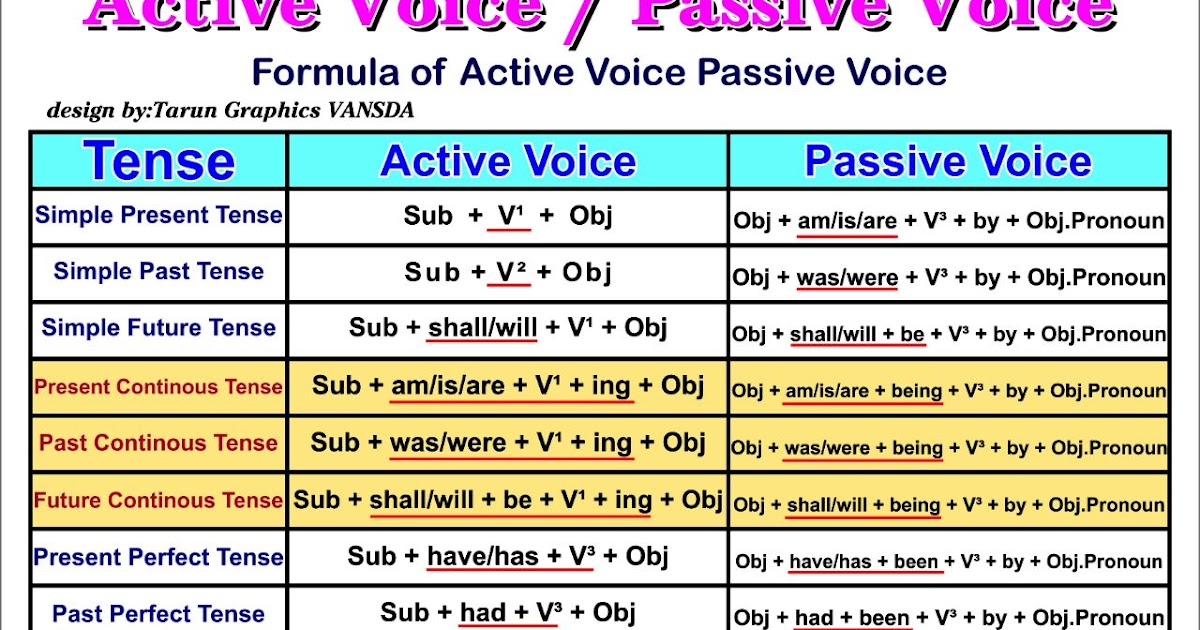
The active voice is generally preferable to use because it creates clearer sentences that are livelier and more colorful than sentences that use the passive voice. In these sentences, it is clear that the subjects did something. Here are examples of sentences that use the active voice:Įach of the sentences above has a clear subject: I, The dog, and The student. A complete sentence has these characteristics: a capitalized first word, a subject and a predicate, and end punctuation, such as a period (.), question mark (?), or exclamation mark (!). of the sentence A group of words, phrases, or clauses that expresses a complete thought. A subject is usually a person, place or thing. is when the subject In grammar, a part of speech that refers to the “doer” in the sentence (who or what). Example of the active voice: The girl broke the plate. These sentences have a clear subject taking a clear action. In the active voice, the action described by the verb is done by the subject. This lesson will focus on the differences between active and passive voice.Īctive voice One of two styles of writing that compares the relationship between the subject and the verb in a sentence.


Depending on which voice you use, readers will respond differently to your words. Just as you can change your voice when you speak, you can also modify your voice in your writing.
#PASSIVE AND ACTIVE VOICE HOW TO#
Writers need to be as concerned with how to write as well as what to write.

Rewrite passive sentences into active sentences.Differentiate between active and passive voice.


 0 kommentar(er)
0 kommentar(er)
